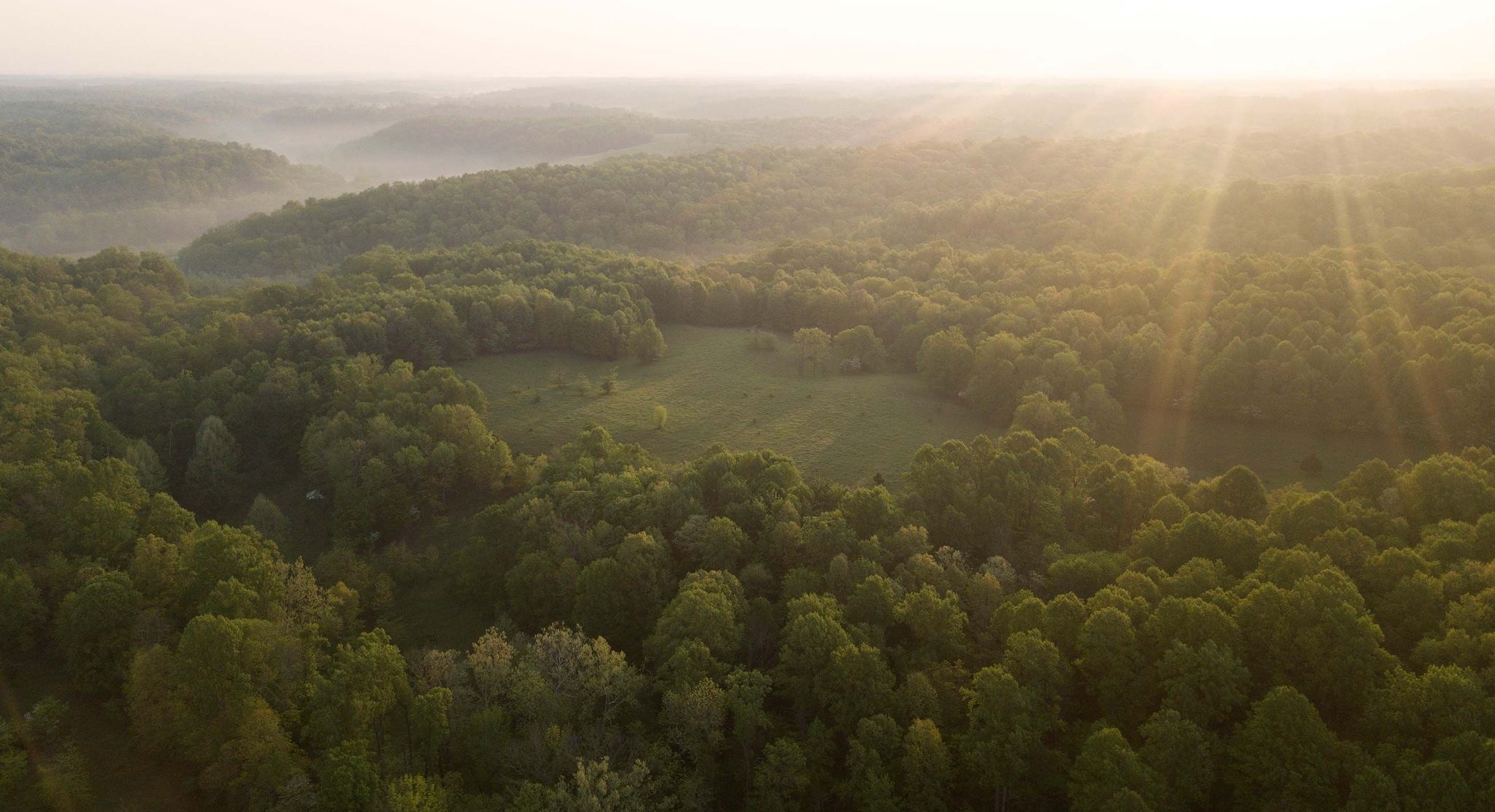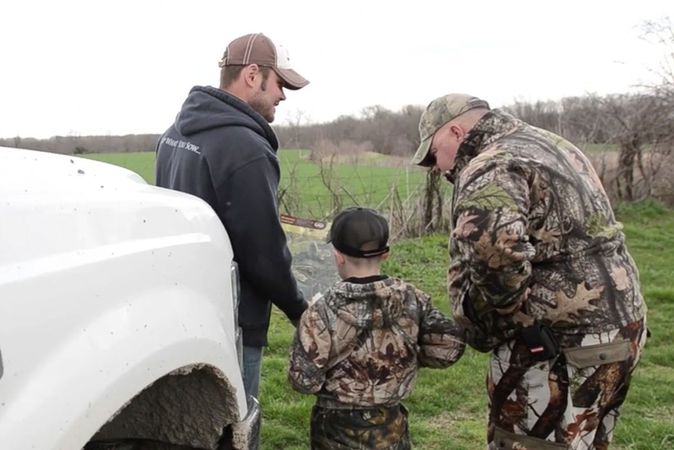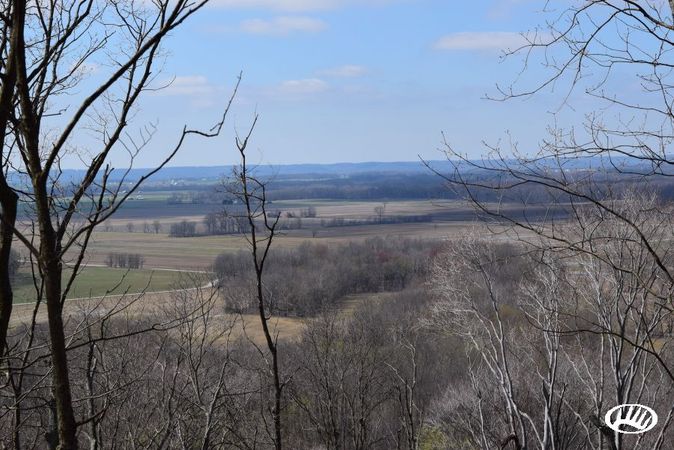Sometimes we only see what’s right in front of us. But when you view patterns from 10,000 feet above, it all looks quite different. This holds true for so many things including hunting trends.
After spending a few minutes with the latest U.S. Fish and Wildlife Services (USFWS) National Survey, the data becomes pretty intriguing. For instance, 85 percent of all U.S. hunters hunt privately-owned land. This number frames what many already know: It’s a landowner’s game. But despite what some may think, land ownership is well within reach for many Americans who hunt. That’s especially true if you start small and are strategic about improving land value.
There’s a bit of trivia in numbers too. Most hunters know that whitetail deer are hunted way more than any other big-game species in the U.S., but do you know what’s second? And how many hunters hunt small game today? Most remember a dad or grandpa that regularly hunted rabbits or squirrels, for instance, but nowadays you don’t see as much of that. Or do you?
What Do You Hunt?
According to the USFWS survey, 80 percent of all hunters pursue big game, 31 percent pursue small game and 21 percent pursue migratory birds. Below, we’ve listed rankings for big-game hunting, another set of rankings for small-game hunting and migratory- bird hunting.
Big Game Ranking by Most Pursued Species
- Deer (8.1 million hunters)
- Wild Turkey (2 million hunters)
- Elk (700,000 hunters)
- Bear (200,000 hunters)
Small Game Ranking by Most Pursued Species
- Squirrel (1.5 million hunters)
- Rabbit and hare (1.3 million hunters)
- Quail (1 million hunters)
- Grouse/Prairie chicken (400,000 hunters)
Migratory Birds Ranking by Most Pursued Species
- Ducks (1.2 million hunters)
- Doves (1.2 million hunters)
- Geese (800,000 hunters)
Where Do Hunters Hunt Most?
States and Regions With the Highest Hunter-Participation Rates
According to USFWS hunting license data from 2019, Texas sold the most hunting licenses, over 1 million; and Rhode Island sold the fewest at 7,400. The USFWS survey divides the country into nine regions with the West North Central states (North Dakota, South Dakota, Nebraska, Kansas, Missouri, Iowa, and Minnesota) and East South Central states (Kentucky, Tennessee, Mississippi, and Alabama) tied with the greatest participation rate at 8 percent. For context, the national participation rate is at 4 percent.
These numbers represent individual hunters in each state, but many hunters buy licenses in several states. “The numbers don’t include hunters who get free licenses, such as landowners, youths or seniors,” says Jackie Holbrook in an article published by the Archery Trade Association. “License requirements vary. Some states require anglers or boat registrants to buy a hunting license as part of their purchase, so specifying the number of active hunters isn’t always possible.”
Most Hunters Hunt Private Lands
In the most recent USFWS survey, 11.5 million hunters 16 years and older hunted on public land, private land or both. Of those 11.5 million who went afield, 34 percent hunted on public land, while 85 percent said they hunted on privately-owned land. Others hunted private or public lands exclusively: 13 percent of all hunters used public lands only, 64 percent only hunted private land, and 21 percent hunted both public and private lands.
In-State Verses Out-of-State
As one would assume, most hunters hunt in the state where they live. Yet 1.8 million, or 16 percent of hunters, said they hunted out-of-state during the survey year.
What may come as a surprise here is a near-even willingness to travel out-of-state among big-game hunters and small-game hunters. Among those pursuing big game, 14 percent traveled to another state to hunt, while 11 percent of those hunting small game traveled outside of their state of residency to hunt.
BONUS: How Many Anglers Are Also Hunters?
Most anyone who enjoys hunting and fishing feels the conflict of springtime when spawning fish and breeding wild turkeys make things interesting for sportsmen after a winter of nothingness. How many are there out there — sportsmen who consider themselves both anglers and hunters?
The USFWS survey reports 67 percent of hunters said they also fish, but only 21 percent of anglers also hunt.
These percentages translate to nearly 7.7 million Americans who said they fished and hunted in 2016, while 35.8 million said they only fished and 11.5 million only hunted. Interestingly, the survey reported that a quarter of all wildlife watchers either hunted or fished or participated in both activities.
While the survey didn’t poll hunters who also fish on the type of fishing they prefer, fishing data tells the story. Anglers, including those who hunt and fish, overwhelming fished freshwater. A preference, one can assume, is largely driven by the bodies of water most Americans have access to. Much like deer as the most hunted species by U.S. hunters, black bass — which includes the species Smallmouth and Largemouth bass — is the most sought after fish among all fish despite the popularity of panfish and trout and catfish.
There are many more data points that tell the story of modern U.S. hunters and their hunting preferences. To read the full report, view or download the PDF.






